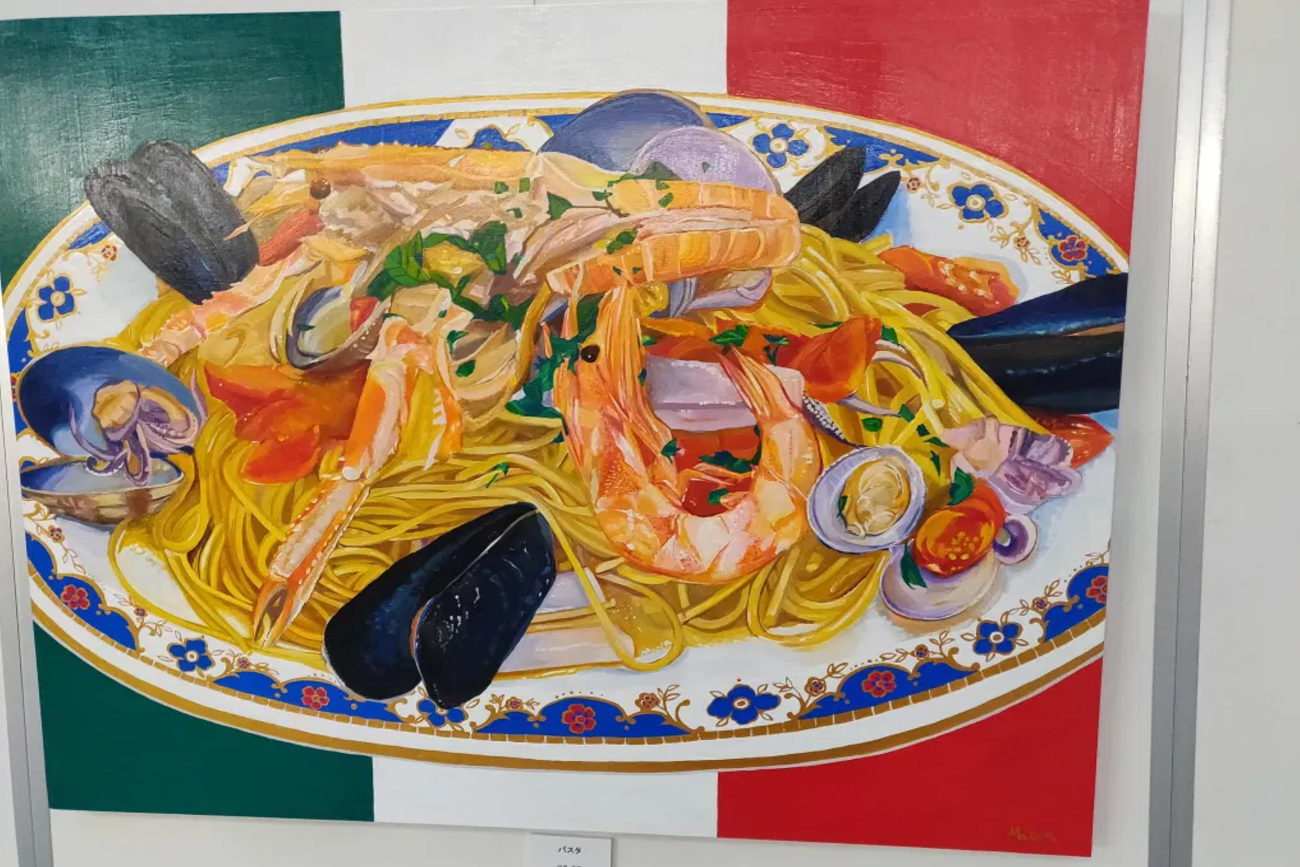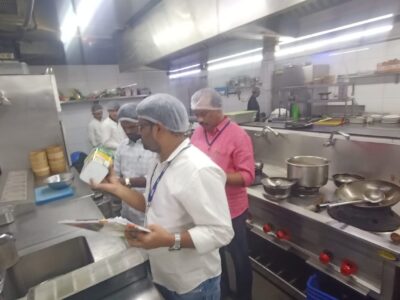In India food production has increased to meet the demand, yet do many go hungry. Where are the loopholes. This World Food Day, pledge to not waste food – RAJESHWARI KALYANAM

India 195.9 million people go hungry every day; 14.9 per cent of the population is undernourished. 51.4 per cent of women in reproductive age – between 15 and 49 years – are anemic (according to ‘The State of Food Security and Nutrition in the World, 2018’ report). These dismal numbers are in contrast with the food grain production in the country. With a population of over 1.3 billion, India’s GDP increased 4.5 times, per capita consumption has increased 3 times, and to meet the demand food production has increased almost 2 times. Yet, so many people go without proper food, and there is such under nourishment despite industrial and economic growth.

The reason is simple – India produces enough food to feed its population but is unable to provide access to a large portion of its population. Much of the food is wasted, and no attempt is made to distribute food equally, and hence thousands continue to be hungry. That said let’s look at what is happening in the developed nations; US for example – a country with around 4.8 million people, despite being one of the richest in the world has 12.3% of its population that does not get enough food. Around 41.2 million American are insecure, food wise according to USAD Economic Research Service (2016). The problem in the US is food wastage. The average American household of four wastes more than two million calories of food with a value of nearly $1,500 each year, according to the USDA. In addition, 30 – 40 percent of the food gets wasted along the supply chain. Each year, almost one third of the food produced worldwide is lost or wasted, including 222 million tons of food in industrialized countries, costing 680 billion US dollars. By 2050, the world will be facing severe food scarcity; add to that water shortage, pollution, climate change and soil degradation. We are on the brink of a future without enough food.
India produces enough food to feed its population but is unable to provide access to a large portion of its population. Much of the food is wasted, and no attempt is made to distribute food equally, and hence thousands continue to be hungry.
However, this is not the news. In fact, the last few years have seen increasingly strong voices holding a flag for food security. The UN in the year 2016 set forth SDGs – Sustainable Development Goals – a bunch of global goals (17) that aim at ending poverty, protecting the planet and ensuring people enjoy peace and prosperity. The UN development agency, UNDP was given the task of working with various governments, private sector, civil societies and citizens in implementing the SDGs by 2030. Its four years since then. So, what has been the progress like? The 2018 report on SDGs by the UN has some good news. There is decreased maternal mortality in Sub Saharan region. In South Asia, the danger of a girl child married reduced by 40%, access to electricity doubled in least developed nations and so on. Climate change and conflict are named amongst the biggest challenges in achieving the goals, contributing majorly to inequality and hunger. The report said that hunger is on a rise – there are around 38 million more hungry people in the world, rising from 777 million in 2015 to 815 million in 2016. The report in 2019, shares similar observations. Global hunger has been on the rise after a prolonged decline, it says. “It is abundantly clear that a much deeper, faster and more ambitious response is needed to unleash the social and economic transformation needed to achieve our 2030 goals.” United Nations Secretary-General António Guterres observed. In the face of acute food scarcity that is staring at us, becoming more and more ominous with each passing year, sustained focus and effort by the nations of the world is needed to address SDGs in order to impact Food Security positively. A definitive step towards the same was taken at an international forum held in Japan, as an initiative of the G20 Summit focused primarily on ‘Sustainable Development Goals and Foods, The ‘World Eatology Forum’ in its third edition held in 2019.
















